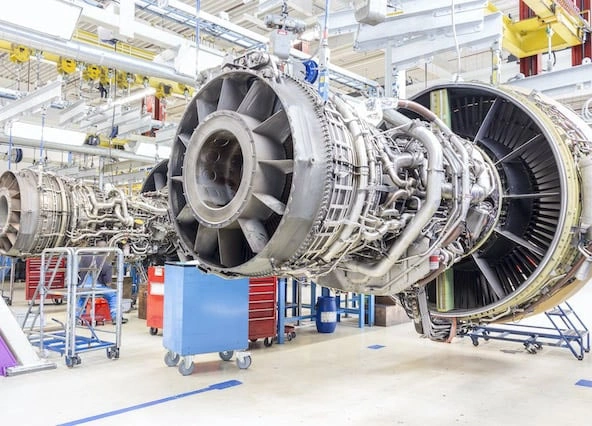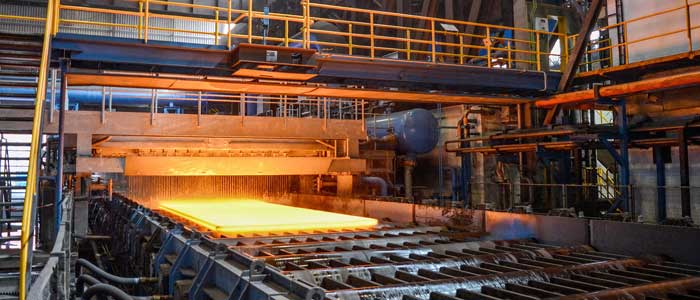In today’s rapidly advancing technological landscape, the demand for materials that can withstand extreme temperatures is on the rise. Heat-resistant super alloys are at the forefront of this demand, offering unparalleled performance in high-temperature environments. In this article, we will delve into the world of super alloys, exploring their development, applications, and future potential.
Super alloys, sometimes referred to as high-performance alloys, are a group of metals designed to perform well in extreme conditions. These alloys are primarily used in environments that demand exceptional heat resistance, such as in jet engines, power plants, and chemical processing facilities.
What Makes Super Alloys Unique?
The secret to the effectiveness of super alloys lies in their composition. They are made from a combination of nickel, cobalt, or iron, along with other elements like chromium, molybdenum, and titanium. This mix gives them remarkable strength, stability, and resistance to oxidation and corrosion, even at high temperatures.
Evolution of Heat-Resistant Super Alloys
The development of heat-resistant super alloys has come a long way since their inception. Initially, they were used primarily in military applications. However, as technology progressed, their use expanded into commercial aviation, power generation, and even everyday consumer products.
Applications of Heat-Resistant Super Alloys
The versatility of super alloys makes them ideal for a wide range of applications. Here are some of the key industries benefiting from these advanced materials:
Aerospace Industry
In the aerospace sector, super alloys are vital. They are used in the construction of jet engines, where they must withstand temperatures that can exceed 1,000 degrees Celsius. Their ability to maintain strength and resist oxidation at such high temperatures makes them indispensable.
Power Generation
Super alloys are also crucial in power plants. Whether it’s a nuclear reactor or a traditional coal-fired plant, these alloys help improve efficiency by allowing components to operate at higher temperatures. This, in turn, enhances the overall power output and reduces emissions.
Chemical Processing
In chemical plants, super alloys are used to handle corrosive substances and extreme temperatures. Their resistance to oxidation and corrosion ensures safety and efficiency in processes that involve aggressive chemicals.
Advanced Super Alloys: The Next Frontier
As industries continue to push the boundaries of technology, the demand for even more advanced super alloys grows. These new materials are engineered to offer even greater performance in extreme conditions.
Development of Advanced Super Alloys
Researchers are constantly working to improve the properties of superalloys. By experimenting with different compositions and manufacturing processes, they are developing materials with enhanced heat resistance, strength, and durability. Some of these advanced alloys can operate at temperatures as high as 1,500 degrees Celsius.
The Role of Additive Manufacturing
Additive manufacturing, commonly known as 3D printing, is playing a significant role in the advancement of super alloys. This technology allows for the precise creation of complex components that are difficult to produce using traditional methods. As a result, it is possible to create more efficient and lightweight structures without compromising on strength or heat resistance.
Challenges in the Development of Super Alloys
Despite the remarkable properties of super alloys, their development is not without challenges. Creating materials that can perform in such extreme environments requires significant research and investment. Here are some of the key challenges faced by researchers and manufacturers:
Cost of Production
The production of super alloys is expensive due to the cost of raw materials and the complexity of the manufacturing process. As a result, researchers are focused on finding ways to reduce production costs without sacrificing quality.
Environmental Impact
The extraction and processing of the raw materials used in super alloys can have a significant environmental impact. Efforts are being made to develop more sustainable practices and to recycle existing materials to minimize this impact.
The Future of Heat-Resistant Super Alloys
The future of heat-resistant super alloys is promising. As technology continues to evolve, these materials will play an increasingly important role in various industries. Here are some potential developments on the horizon:
Innovations in Material Science
Continued advancements in material science will likely lead to the creation of super alloys with even greater performance capabilities. Innovations such as nanotechnology and new alloy compositions hold the potential to revolutionize the industry.
Expanding Applications
As the properties of super alloys improve, their applications will likely expand into new fields. From space exploration to renewable energy, the possibilities are endless.
Collaboration Across Industries
Collaboration between industries, academic institutions, and government bodies will be key to driving innovation in super alloys. By working together, these entities can pool resources and knowledge to overcome challenges and accelerate the development of advanced materials.
Conclusion
Heat-resistant super alloys are at the forefront of technological advancement, offering solutions to some of the most demanding challenges in high-temperature environments. With ongoing research and development, the future of these materials looks brighter than ever. As we continue to explore new frontiers, super alloys will undoubtedly play a crucial role in shaping the world of tomorrow.









